Columbine Companion Plants: The Best Plants To Pair With These Delicate Flowers
Columbine Companion Plants: The Best Plants to Pair With These Delicate Flowers
Columbines are beautiful, delicate flowers that add a touch of elegance to any garden. They come in a variety of colors, including blue, pink, yellow, and white. Columbines prefer partial shade and moist soil. They are relatively easy to care for and will bloom for several weeks in the spring.
One of the best things about columbines is that they can be paired with a variety of other plants to create a beautiful and harmonious garden. Here are some of the best companion plants for columbines:
- Ferns: Ferns are a great choice for companion plants for columbines because they have similar growing conditions. They both prefer partial shade and moist soil. Ferns also add a touch of elegance to the garden, and their delicate fronds complement the columbines' flowers.
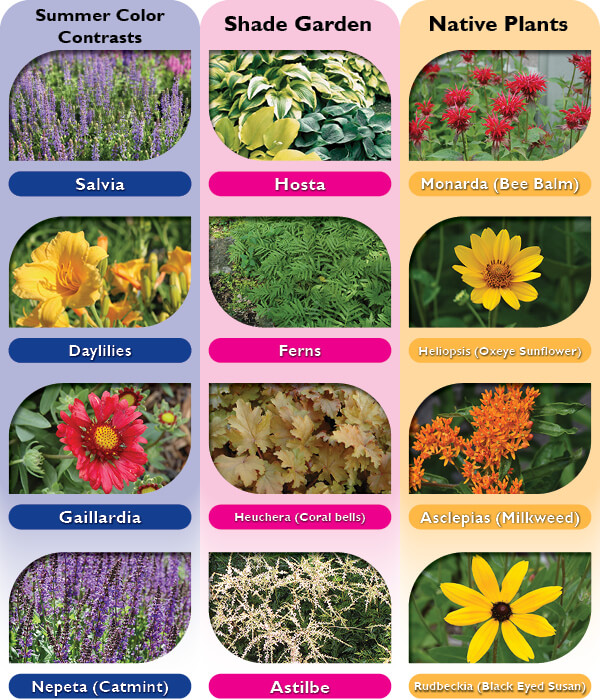
- Tiarella: Tiarella, also known as foamflower, is another great choice for companion plants for columbines. It has similar growing conditions and its white flowers bloom at the same time as the columbines. Tiarella also has interesting foliage that adds texture to the garden.
- Campanula: Campanula, or bellflower, is a tall, airy plant that blooms in shades of blue, pink, and white. It is a great choice for companion plants for columbines because it adds height and interest to the garden. Campanula also blooms at the same time as the columbines, so you'll enjoy a long season of flowers.
- Alchemilla: Alchemilla, also known as lady's mantle, is a low-growing plant with delicate, fern-like foliage. It blooms in shades of yellow and green. Alchemilla is a great choice for companion plants for columbines because it adds texture and interest to the garden. It also has a reputation for attracting beneficial insects, such as ladybugs and hoverflies.

- Phlox: Phlox is a popular choice for companion plants for columbines because it comes in a variety of colors and blooms at the same time as the columbines. Phlox also adds height and interest to the garden.

- Pulmonaria: Pulmonaria, also known as lungwort, is a low-growing plant with attractive, spotted leaves. It blooms in shades of blue, pink, and white. Pulmonaria is a great choice for companion plants for columbines because it adds color and interest to the garden in the spring. It also has a reputation for attracting beneficial insects, such as bees and butterflies.

These are just a few of the best companion plants for columbines. When choosing companion plants, it is important to consider the columbines' growing conditions and the colors and textures you want to achieve in your garden. With a little planning, you can create a beautiful and harmonious garden with columbines and their companion plants.
Columbines are beautiful flowers that add a touch of elegance to any garden. But did you know that they can also be used to attract pollinators and other beneficial insects? By planting columbines with the right companion plants, you can create a garden that is both beautiful and productive.
Some of the best companion plants for columbines include:
- Alchemilla
- Campanula
- Ferns
- Phlox
- Pulmonaria
- Allium
- Daylilies
- Foxglove
- Heuchera
- Iris
- Poppies
These plants have similar growing conditions to columbines, and they will help to attract pollinators, such as bees and butterflies. They will also help to suppress weeds and improve the overall health of your garden.
To learn more about columbine companion plants, I recommend visiting Gardenia Inspiration. This website has a wealth of information about columbines, including a list of recommended companion plants.
FAQ of columbine companion plants
Q: What are the best companion plants for columbine?
A: Columbines are relatively easy to care for and can be companioned with a variety of plants. Some good choices include:
- Aquilegia canadensis (Canadian columbine): This species is native to North America and blooms in shades of blue, pink, and white. It is a good choice for full sun or partial shade.
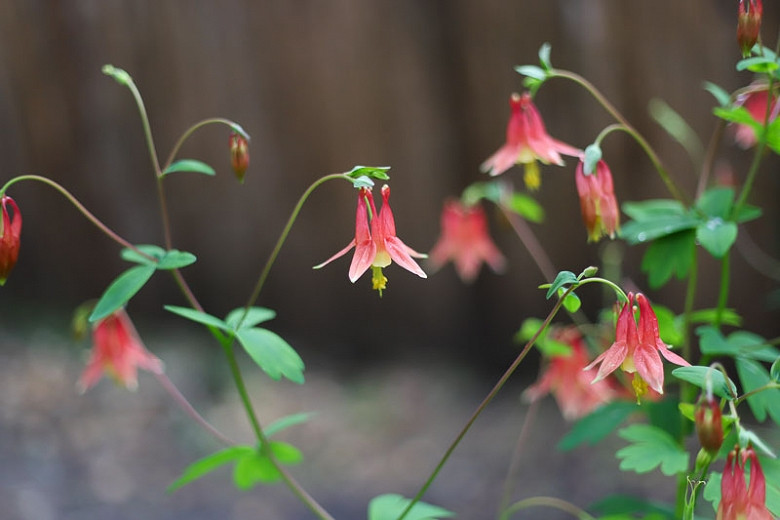
- Geranium maculatum (wild geranium): This plant blooms in shades of pink, purple, and white and prefers partial shade. It is a good choice for attracting butterflies and bees.
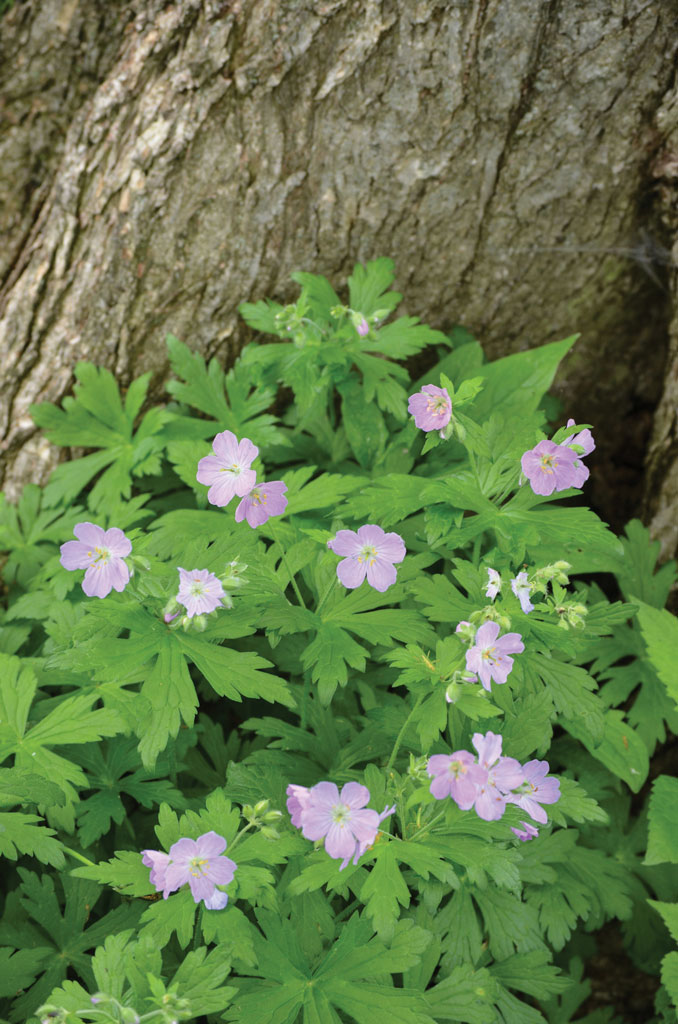
- Dicentra spectabilis (bleeding heart): This plant blooms in shades of pink and white and prefers partial shade. It is a good choice for adding height and drama to a garden.
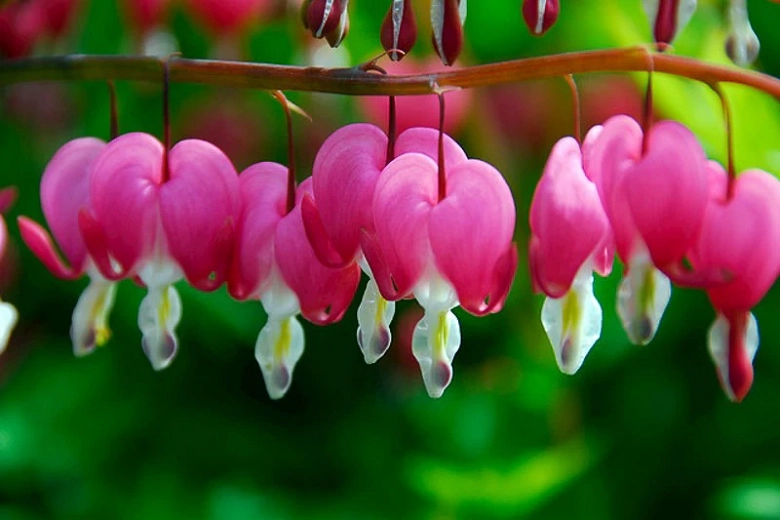
- Hosta: Hostas come in a variety of colors and sizes and prefer partial shade. They are a good choice for filling in around columbines and providing some groundcover.
- Brunnera macrophylla (snowy blue forget-me-not): This plant blooms in shades of blue and white and prefers partial shade. It is a good choice for adding some color and interest to a shady garden.
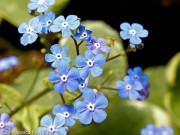
Q: What are the benefits of companion planting with columbine?
A: There are a number of benefits to companion planting with columbine. Companion plants can help to:
- Improve the health of columbines by attracting beneficial insects and repelling pests.
- Improve the appearance of columbines by providing contrast in color, texture, and height.
- Extend the bloom time of columbines by providing shade or shelter from the wind.
- Help to keep the soil around columbines moist.
Q: What are some common pests and diseases that affect columbine?
A: Columbines are susceptible to a few common pests and diseases, including:
- Aphids: Aphids are small, sap-sucking insects that can weaken columbines. They can be controlled with insecticidal soap or neem oil.
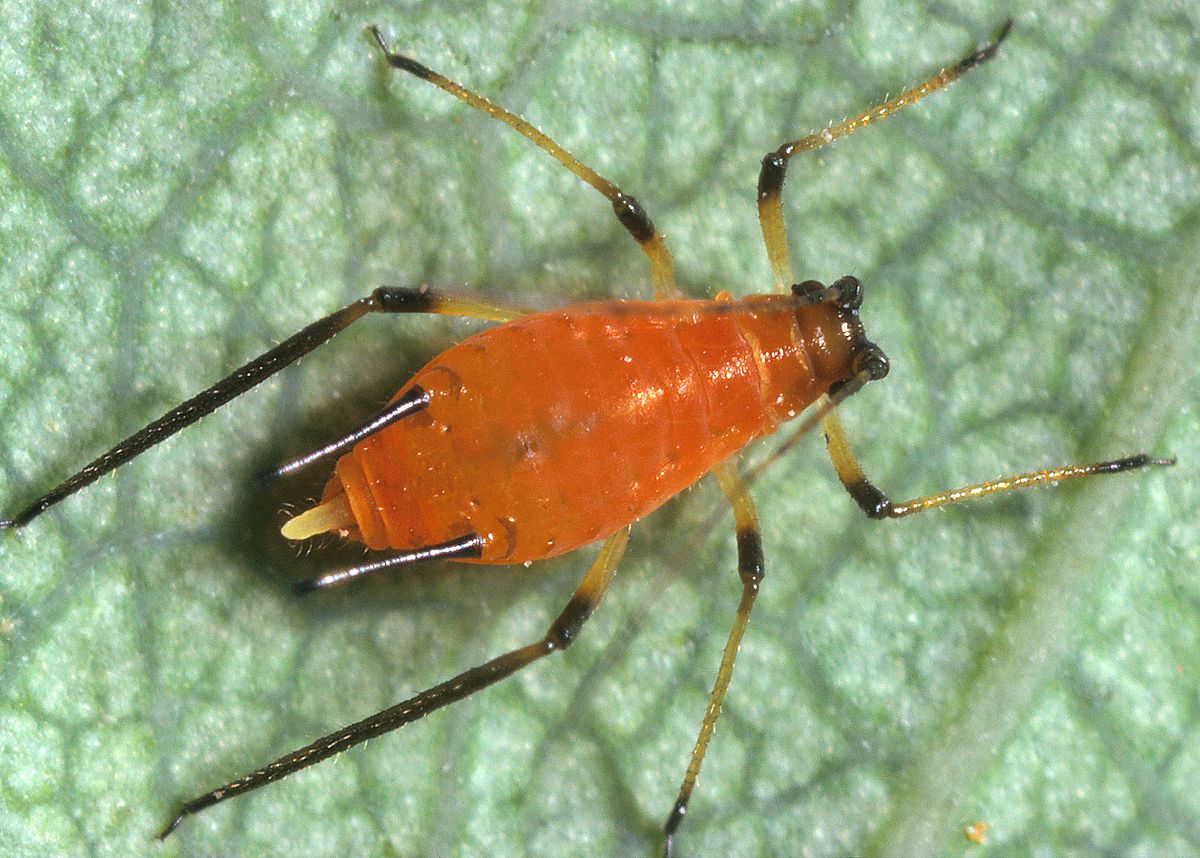
- Leaf miners: Leaf miners are small insects that tunnel through the leaves of columbines. They can be controlled by removing affected leaves or by using an insecticidal soap.
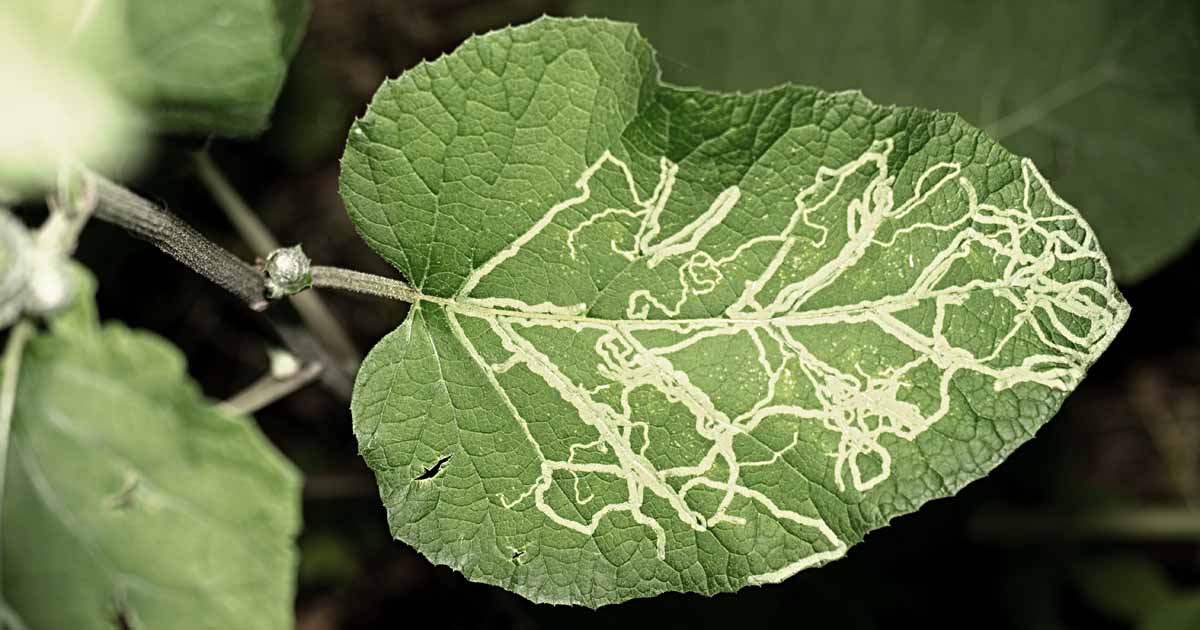
- Powdery mildew: Powdery mildew is a fungus that can cause white, powdery patches to form on the leaves of columbines. It can be controlled by watering columbines in the morning so that the leaves have a chance to dry before nightfall.
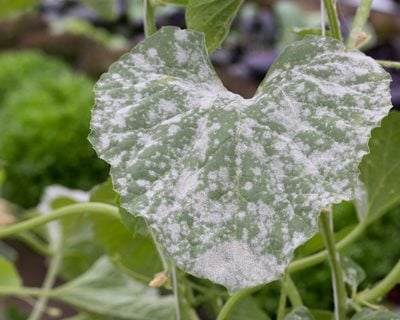
- Rust: Rust is a fungus that can cause orange or brown spots to form on the leaves of columbines. It can be controlled by removing affected leaves and by using a fungicide.
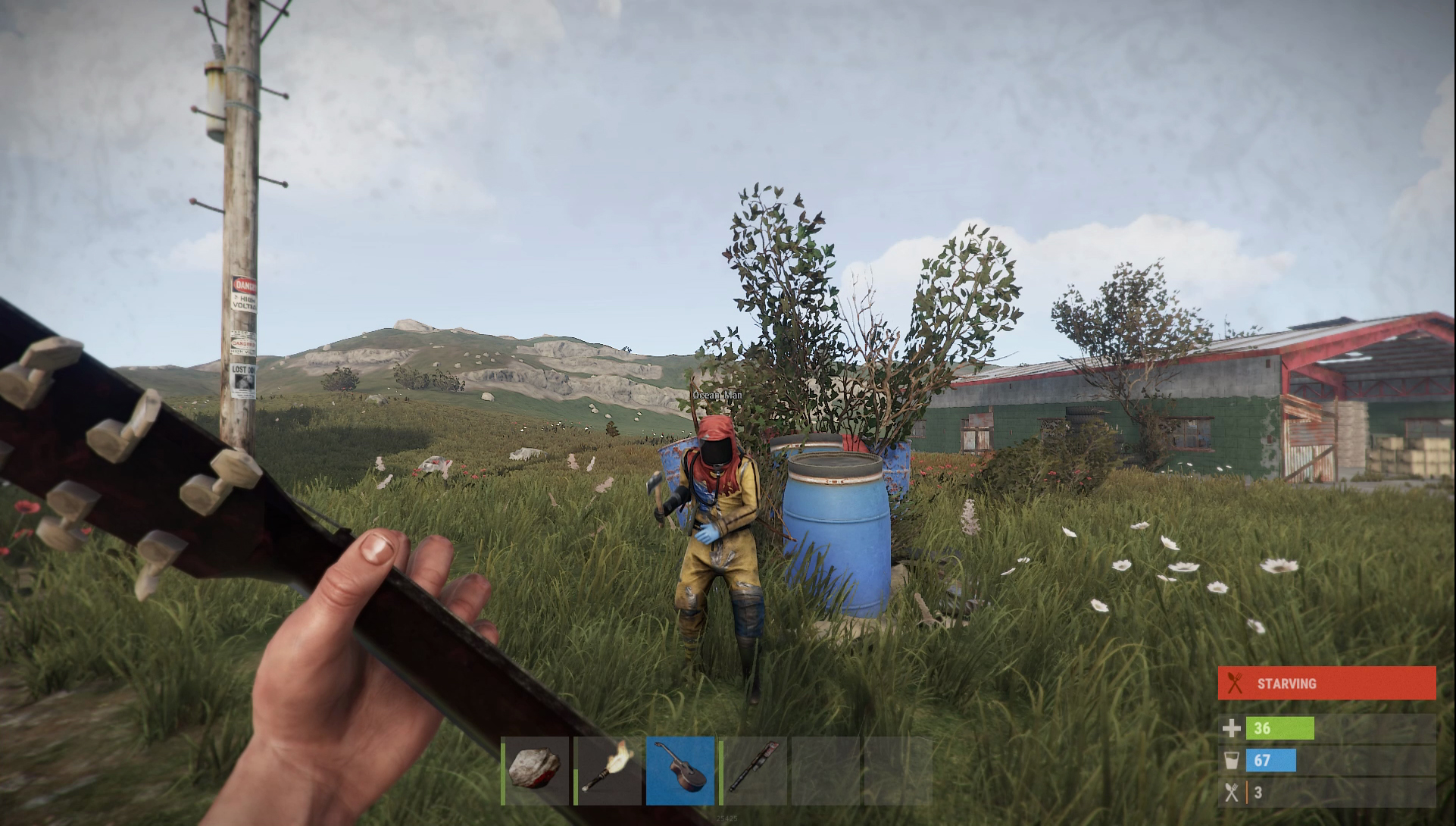
Q: How do I care for columbine companion plants?
A: The care requirements for columbine companion plants vary depending on the specific plant. However, most companion plants for columbine prefer well-drained soil, partial shade, and regular watering.
Q: Where can I find columbine companion plants?
A: Columbine companion plants can be found at most garden centers and online retailers. When choosing companion plants, it is important to consider the size, color, and light requirements of the plants.
Image of columbine companion plants
- Lilies of the valley: These plants have similar growing conditions to columbines, and they bloom at the same time. Their delicate white flowers look lovely next to the bright colors of columbines.
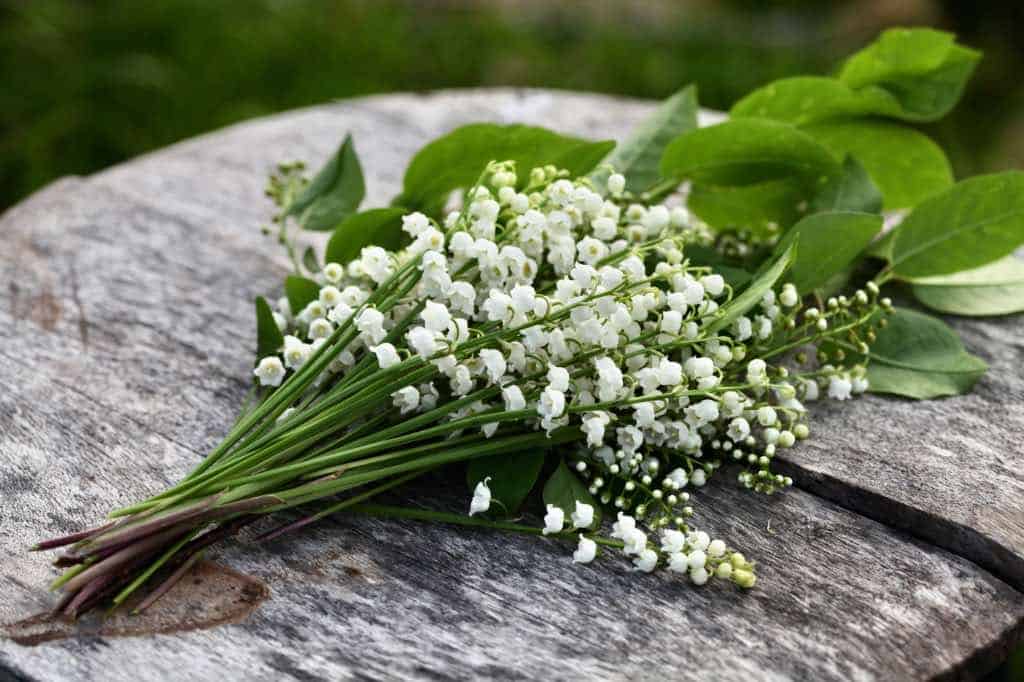
- Hostas: Hostas provide a lush backdrop for columbines, and their large leaves help to shade the roots of the columbines.
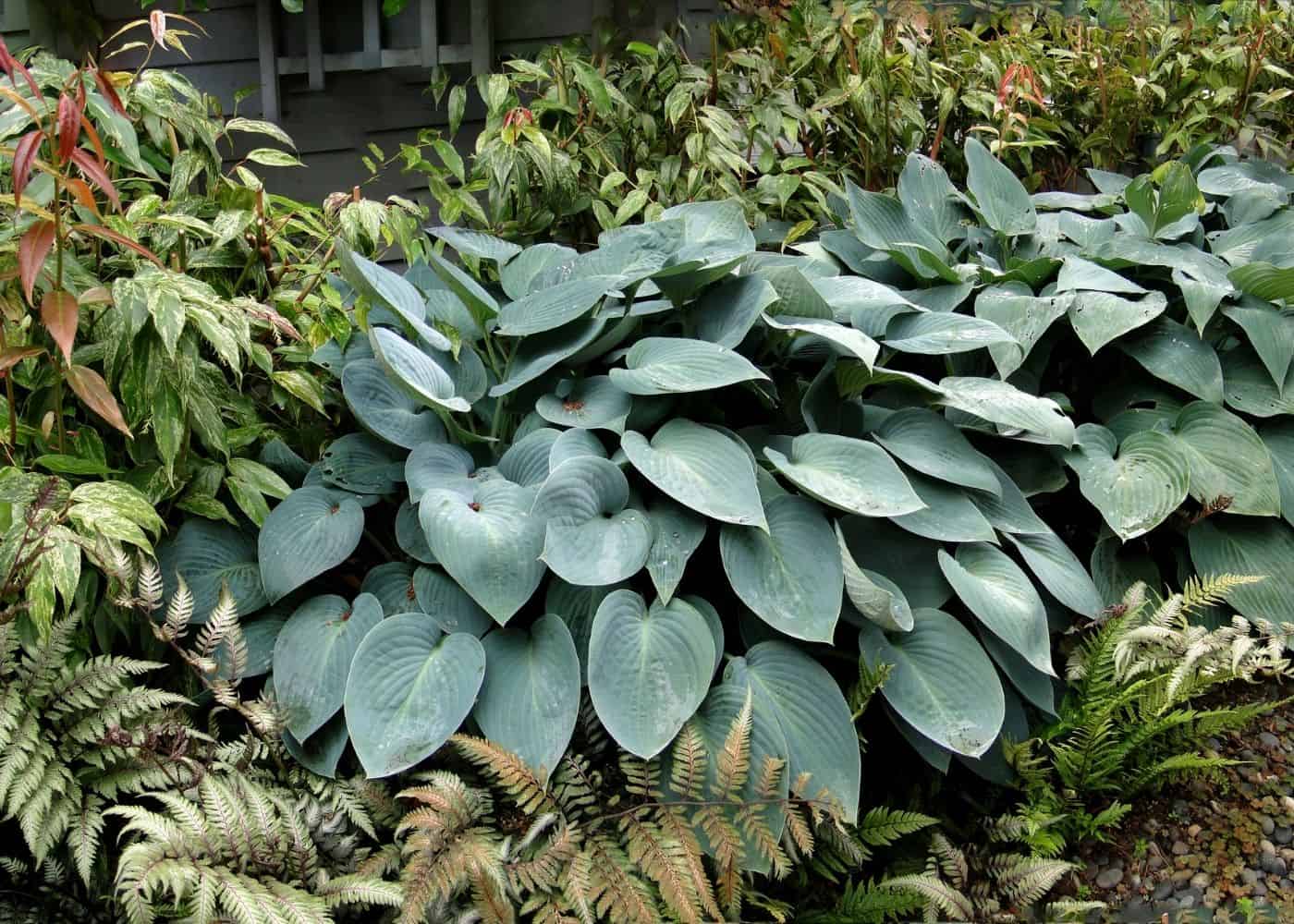
- Daylilies: Daylilies bloom for a long period of time, so they can help to extend the flowering season of columbines. Their bright colors also complement the colors of columbines.

- Astilbe: Astilbe has feathery foliage that adds texture and interest to a garden. Its pink, white, or purple flowers bloom in the summer, which is when columbines are starting to fade.

- Brunnera: Brunnera has blue or white flowers that bloom in the spring, which is when columbines are just starting to bloom. Its large, heart-shaped leaves provide groundcover and help to suppress weeds.


Post a Comment for "Columbine Companion Plants: The Best Plants To Pair With These Delicate Flowers"